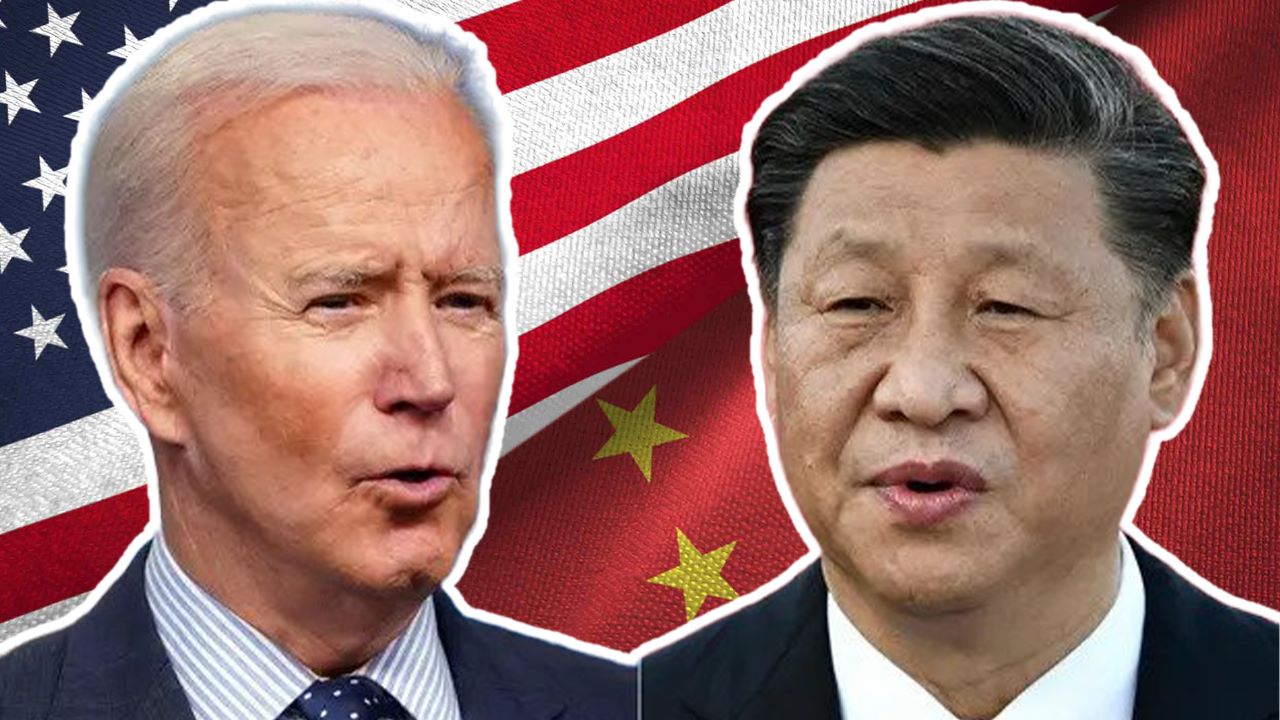According to the US Air Force think tank, China’s People’s Liberation Army (PLA) is training its satellite operators for on-orbit satellite refueling, a crucial capability for managing space logistics in both peacetime and wartime scenarios.
This revelation, disclosed in a report published on March 18 by the China Aerospace Studies Institute, a think tank associated with the United States Department of the Air Force, sheds light on China’s concerted efforts to enhance its capabilities in space operations.
These efforts are not limited to training alone, as the PLA is also integrating valuable insights gleaned from these exercises into corresponding military doctrine and training protocols. This reflects China’s strategic vision and commitment to space dominance.
The report added, “A Chinese defense contractor has indicated, for the last six years, that it has a mission-ready satellite refueler for geosynchronous Earth orbit (GEO).”
This development underscores China’s strategic foresight and sustained investment in developing cutting-edge technologies tailored for space operations. Beijing has already shown its proficiency in performing in-space refueling of orbital satellites.

In 2016, China achieved a significant milestone by successfully conducting in-space refueling of orbital satellites for the first time. Like air refueling for aircraft, this operation entailed refueling a satellite while it orbited within a microgravity environment to prolong its functional lifespan and enhance maneuverability.
The report pointed out that, in 2018, a Beijing-based Strategic Support Force (SSF) unit within the PLA’s Space Systems Department (SSD) sought a simulation tool to train military satellite operators for space-based refueling.
The tool, aiming to replicate the space environment and on-orbit service satellites, was intended for training, evaluation, mission scheduling, and technology testing.
The unit requested accurate simulation of at least four types of on-orbit servicing equipment, one of which had already been tested in space between 2013 and 2018. This likely referred to China’s previous successes in LEO (FULL FORM) or GEO (FULL FORM) missions involving refueling and debris removal.
This request for a training simulator predates the launch of ShiJian-21 (SJ-21), which moved a defunct Beidou navigation satellite to a graveyard orbit in early January 2021. Although the simulation tool is currently in use, the report noted that it is likely still under development.
Beijing is actively promoting the growth of new space companies in the spacecraft servicing sector. As of the latest update, one Chinese province and two cities have incorporated technology development support for on-orbit servicing into their 14th Five-Year Plans (2021-2025).
US Satellites To Become “Juicy Targets”?
The Pentagon has frequently raised concerns about the significant military threat posed by China’s expanding space activities, particularly to US satellites.
Gen. Stephen Whiting, head of US Space Command, recently said that space had become an “expanding security challenge”, emphasizing China’s rapid advancement in military space capabilities.
The US Office of the Director for National Intelligence’s 2023 Annual Threat Assessment highlighted China’s orbital technology demonstrations, indicating their potential for future space-based counter-space weapons.
In January, the US Space Force’s National Space Intelligence Center also echoed these concerns, stating that China was developing satellite inspection and repair systems with potential weaponization. In summary, the US intelligence community asserted with high confidence that the PLA possessed on-orbit servicing capabilities.
The report highlighted the threat posed by the PLA’s GEO satellites equipped with robotic arms, particularly to vulnerable “juicy targets” such as US satellites lacking sufficient fuel for maneuvering.

However, it also noted that many of these satellites possessed enough mobility to mitigate risks while remaining operational. Since around 2010, the US has been outfitting its military’s GEO communication satellites, such as the Advanced Extremely High Frequency (AEHF) satellites, with Hall thrusters that utilize onboard gas and solar power primarily for collision avoidance measures.
Hall thrusters facilitate slight maneuvers with significantly reduced mass and fuel requirements. Due to the precise calculations required for rendezvous and proximity operations (RPOs), even the minor and gradual adjustments made possible by a Hall thruster would complicate adversaries’ approaches.

Nonetheless, the report stressed the potential threat arising from the PLA training its troops for such activities, aligning with the consistent warnings from US officials about the Chinese threat.
On the other hand, Beijing maintains that the US has been exaggerating China’s role as a “threat in outer space” to justify expanding its forces and maintaining military hegemony.
Despite assertions that the PLA may not harbor malicious intent, experts caution that during periods of heightened tension or warfare, Beijing could resort to using its on-orbit grappling satellites as counter-space weapons. This concern is underscored by their lack of transparency regarding space activities.
- Contact the author at ashishmichel(at)gmail.com
- Follow EurAsian Times on Google News




